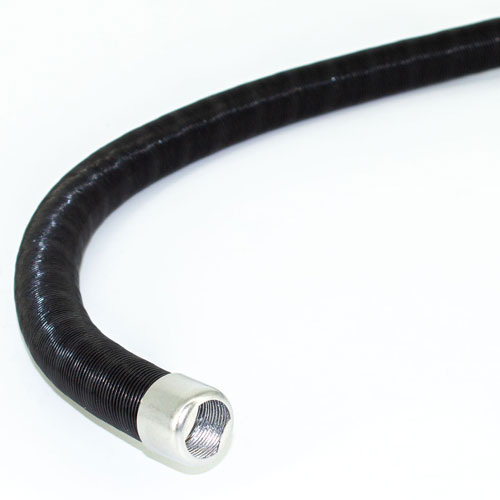Propex Combustion Pipe Routing Best Practices
Posted by Propex North America on Mar 27th 2025

One of the key design elements of the Propex heater is that combustion gases are separated from the heated cabin air. This precludes noxious fume infiltration and condensation inside the heated area.
Propex designed several safety features into their heater units because vehicle-mounted accessories tend to experience extreme vibration and environmental extremes. One of these safety features is an onboard air flow sensor that measures the velocity of the combustion air flow and shuts the heater down if a pipe is blocked or damaged. This sensor is one of the reasons that Propex states that the combustion pipes should never be shortened or, if absolutely necessary for the installation, lengthened beyond 1.5 meters.
Here's why: the air flow sensor measures the flow of combustion air in the combustion chamber and translates this measurement into an electrical voltage. The logic circuit in the control board of the heater monitors for anomalies in the voltage (caused by a possible blocked or damaged pipe) and instantly throws a fault code if the voltage goes outside safe parameters. Shortening or lengthening the combustion pipes changes the air flow characteristics (shortening raises the air flow sensor voltage, lengthening lowers it) and moves the sensor voltage closer to the limits of the design parameters. From there, with any environmental change (caused by say a change in elevation lowering barometric pressure) the air flow sensor output voltage has less leeway until it breaches the programmed safety limit and the heater shuts down.
This is why it is extremely important during your installation planning to place the heater in a position that allows the routing of the combustion pipes to be run without altering the pipe length.
As stated in the heater installation instructions, combustion piping should also be routed with as little vertical change as possible, with only a slight slope away from the heater to discourage water infiltration. Secure combustion piping with the included p-clamps and, if needed, source more clamps from your local hardware store to ensure a secure and vibration-free install.
We recommend periodically blowing low pressure compressed air through the combustion pipes to clean the unit of dust and contaminants.
Return to Propex Knowledge Base

